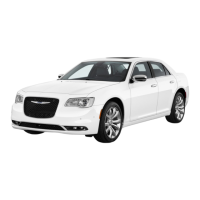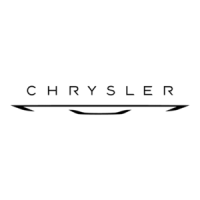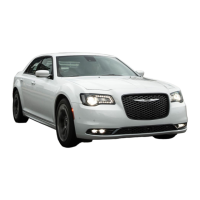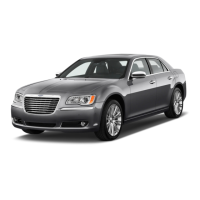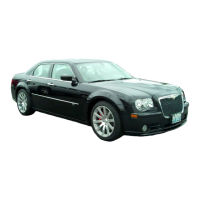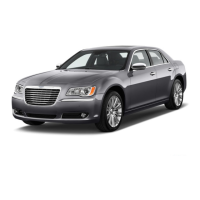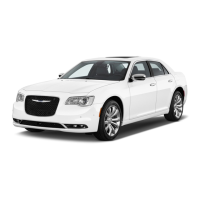
Do you have a question about the Chrysler 300 2014 and is the answer not in the manual?
| Brand | Chrysler |
|---|---|
| Model | 300 2014 |
| Category | Automobile |
| Language | English |
Explains how to navigate and utilize the owner's manual for information.
Details the location and importance of the VIN for vehicle identification.
Covers warnings and guidelines regarding vehicle modifications and their impact.
Explains key fobs, Sentry Key immobilizer, keyless entry, and remote start features.
Details manual locks, power locks, child protection locks, and trunk release functions.
Covers seat belts, pretensioners, advanced front and side airbags, and child restraints.
Provides recommendations for new engine break-in and general safety advice.
Explains automatic dimming, power, folding, heated, and tilt-in-reverse mirror functions.
Covers Blind Spot Monitoring (BSM) and Rear Cross Path (RCP) detection and warnings.
Details Uconnect® Phone features, voice commands, Bluetooth connectivity, and system settings.
Covers power seat adjustments, lumbar support, heated/ventilated seats, and folding rear seats.
Explains headlight operation, fog lights, interior lights, and dimmer controls.
Describes intermittent wiper operation, mist feature, and windshield washer functions.
Covers Electronic Speed Control and Adaptive Cruise Control (ACC) operation and settings.
Explains ParkSense® sensors, warning displays, and ParkView® Rear Back Up Camera.
Covers overhead console features like map lights, sunglasses storage, and garage door opener.
Identifies and describes the location of major controls and features on the instrument panel.
Explains the meaning and function of various telltales, warning lights, and gauges.
Details how to use the EVIC display, menus, and steering wheel controls for vehicle information.
Explains how to access and change customer-programmable features and system settings.
Covers automatic and manual operation of the air conditioning and heating system.
Guides through normal starting, cold weather procedures, and what to do if the engine fails to start.
Explains automatic transmission operation, gear ranges, shift interlocks, and AutoStick®.
Provides advice on driving in various conditions like slippery surfaces and through water.
Details parking brake, Anti-Lock Brake System (ABS), Traction Control (TCS), and Electronic Stability Control (ESC).
Covers tire markings, safety, inflation, types, rotation, and TPMS.
Discusses recommended gasoline types, octane ratings, and additives.
Explains how to use hazard warning flashers and what to do if the engine overheats.
Details the TIREFIT kit components, usage, precautions, and temporary tire sealing.
Provides procedures for jump-starting a dead battery and freeing a stuck vehicle.
Outlines recommended procedures and precautions for towing a disabled vehicle.
Covers engine compartment components, OBD II diagnostics, and emissions programs.
Details engine oil, cooling system, brake fluid, transmission fluid, and rear axle fluid recommendations.
Covers engine air cleaner filter, A/C air filter, and maintenance-free battery information.
Provides guidance on cleaning and protecting the vehicle's body, paint, wheels, and interior.
Explains the location and function of fuses within the power distribution centers.
Provides instructions for replacing exterior and interior light bulbs.
References the detailed schedules for required maintenance services based on time or mileage.
Lists specific maintenance tasks required at various mileage and time intervals.
Offers suggestions for preparing for service appointments and making requests.
Provides contact information for authorized dealers and the manufacturer's customer center.
Refers to warranty terms, provisions, and MOPAR® parts availability.
Guides on how to report vehicle safety defects to NHTSA and the manufacturer.
Instructions on how to order service manuals and other owner-related documents.



